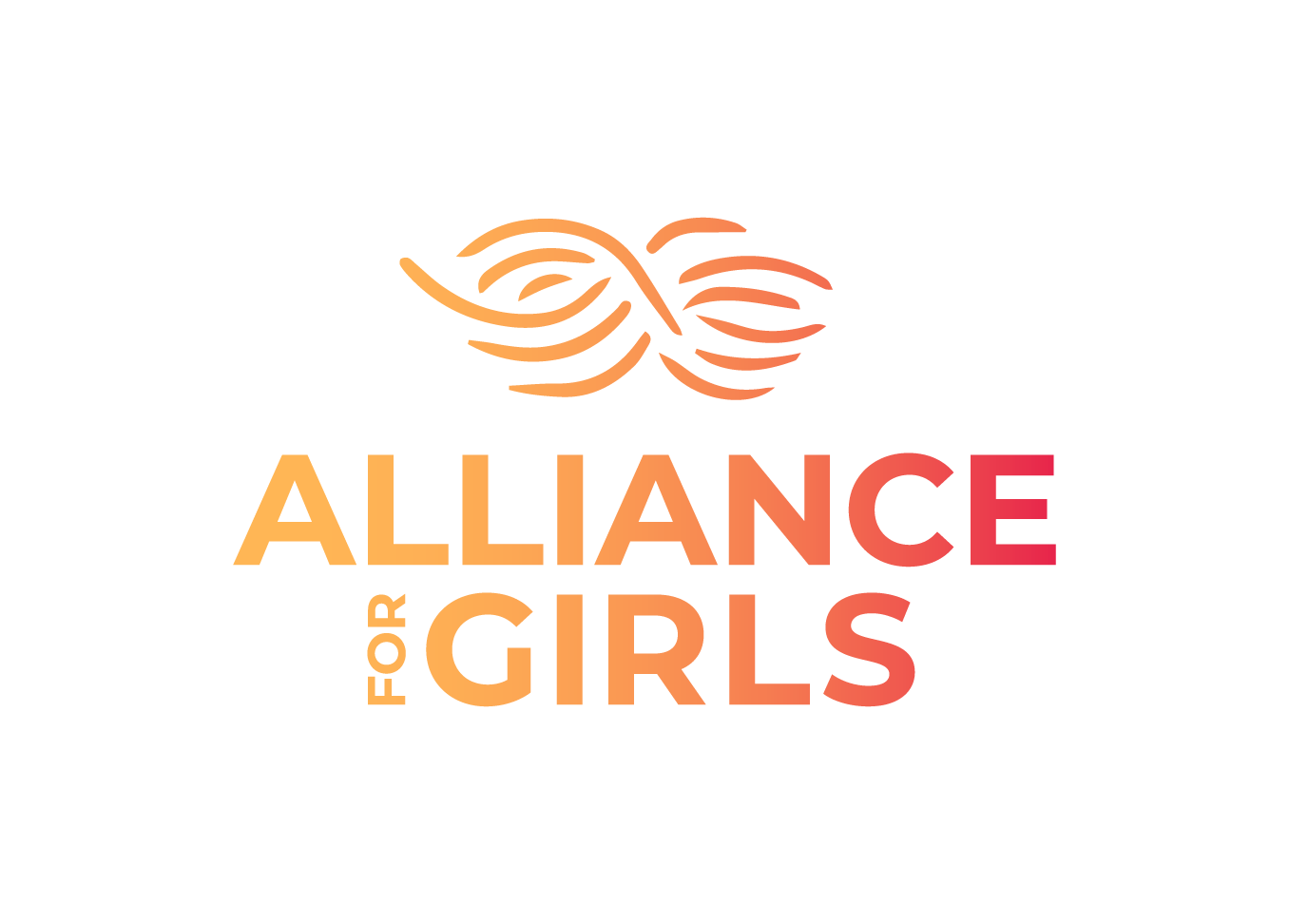Oakland girls shine spotlight on sexual harassment and school board revamps its policy
By David Sheridan

It began with adults listening to girls talk about their life experiences.
Andrea Zamora was one of those girls, and she told how the boys in her elementary school had created “slap-ass Fridays” which gave them “permission” to spank and touch girls’ behinds.
Other girls talked about how boys in their schools regularly called them “bitches,” “sluts,” or “hos.” Still others talked about unwelcome sexual advances and requests for sexual favors.
“We are all hypersexualized by society,” said one girl. “Every male that you have some type of relationship with will think he is entitled to you—you are here as a girl of color for that reason, to be sexual—that’s the worst stereotype.”
”The girls’ observations come out of a series of focus groups organized by the Alliance for Girls, a San Francisco Bay area nonprofit, and conducted in 2016 with 74 girls of color who attend Oakland public schools in low-income, culturally diverse neighborhoods. “We spoke the truth,” said Kiah Killens, one the students invited to speak, “and our truth was powerful.”
”The project had been initiated to hear the girls’ ideas for putting an end to the school-to-prison pipeline. Girls of color are the largest growing juvenile justice population in the United States—often as a direct result of being disproportionately disciplined or suspended from school. But the conversations ranged beyond school-to-prison.
Here are the main points that the girls made:
- Girls are being sexually harassed
- Girls need more safe places and programs
- Girls don’t feel valued by all adults at school
- African-American girls face more disrespect and punishment.
As a result, the Alliance for Girls and student leaders worked together to develop a toolkit to help educators and communities create a school climate that respects and supports girls of color.
In addition, the student leaders and adults in the project also worked with the Oakland School Board to revamp the district’s sexual harassment policy. The Oakland Education Association supported these changes.
While under threat of being weakened, full Title IX protections requiring schools to address sexual harassment still remain in effect. However, the new student-driven sexual harassment policy adopted in Oakland goes further to define and support students’ needs and safety in that it:
- Prioritizes victim’s psychological and emotional health
- Applies the affirmative consent standard in instances of sexual violence in school
- Requires the District to take action on a school-wide level when it becomes aware of a school-wide culture of sexual harassment
- Ensures that victims have a voice in how their complaints are resolved
- Delineates the use of restorative justice as a disciplinary alternative
Under the new policy, there will be a designated point person in each school to handle sexual harassment and assault complaints, and the reporting process for students, educators and parents has been clearly delineated. Before, the district had just one person, the district’s ombudsperson, who was responsible for all sexual harassment and assault complaints in the entire system. Another major change was getting rid of language that suggested that a victim may be penalized for reporting sexual harassment.
“Our overall goal,” says Emma Mayerson, the founding Executive Director of the Alliance for Girls, “is to help educators and their allies create a school climate in which all students feel safe—and to keep all students out of the school-prison-pipeline through the use of restorative practices.”
“We’d like to share what we’ve learned in Oakland with educators and educator unions across the country,” Mayerson added, “and we’ve developed a training to that end.”
Andrea Zamora, one of the student leaders who spoke out for the District’s policy change and worked on the toolkit, said: “I’m very happy. I feel like all my hard work, and everything we collaborated on together, has paid off.”
